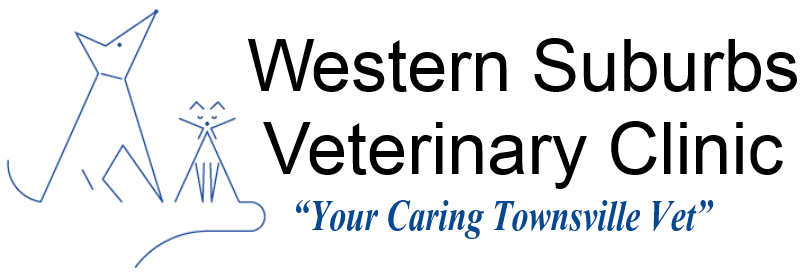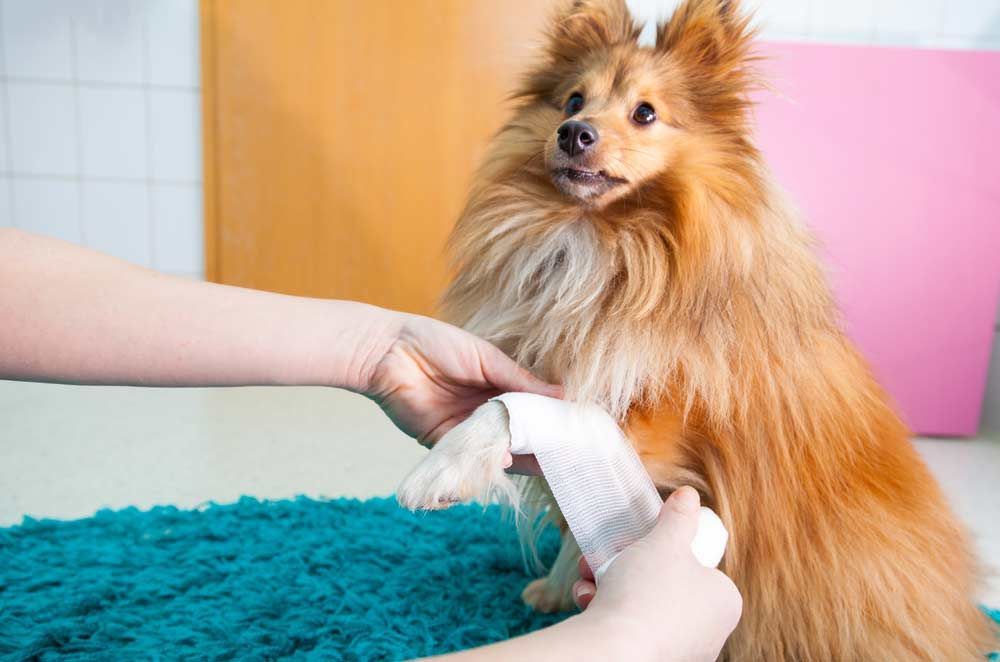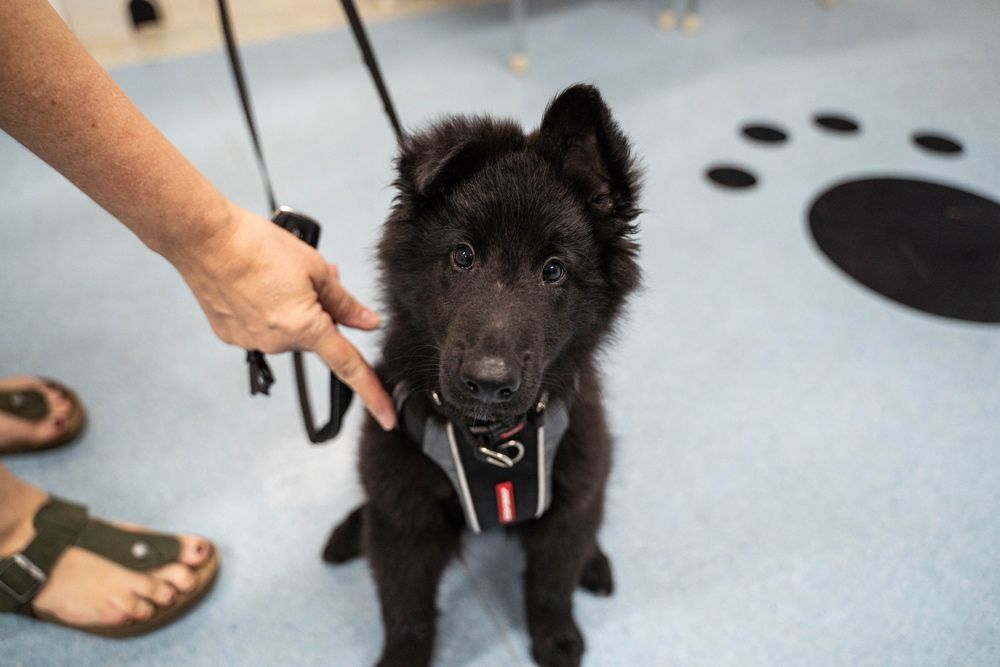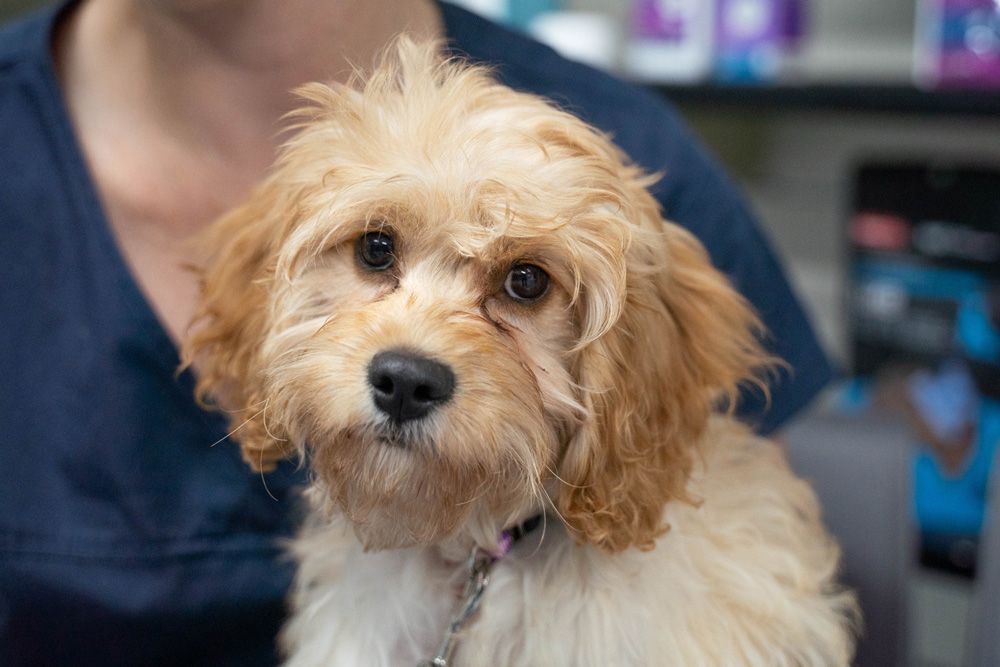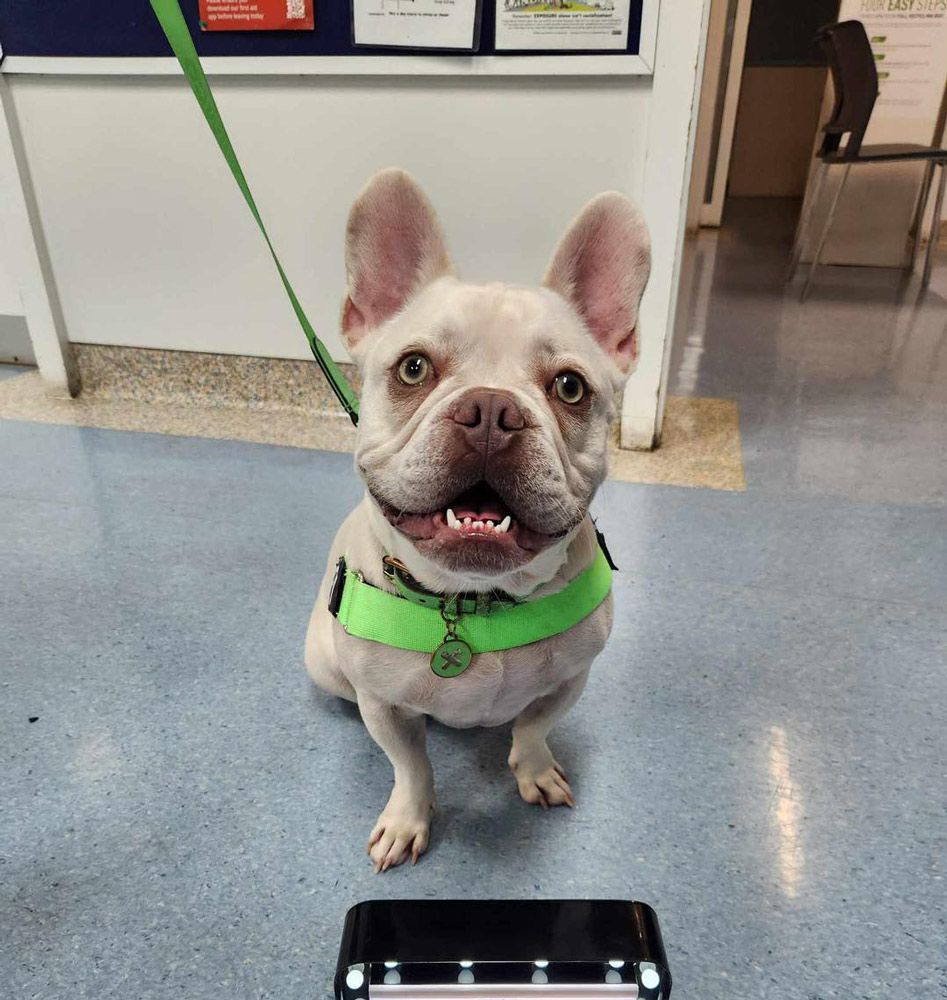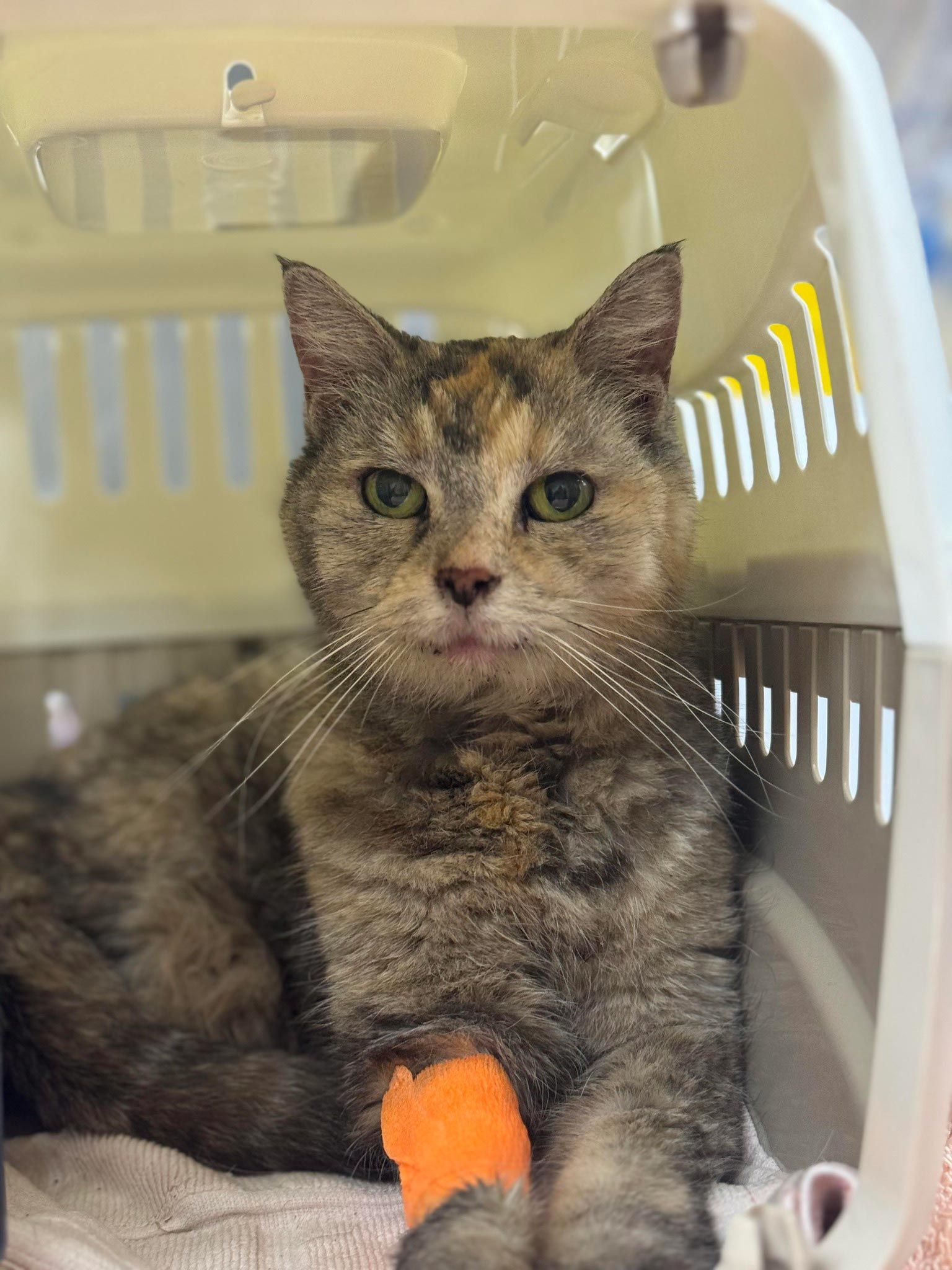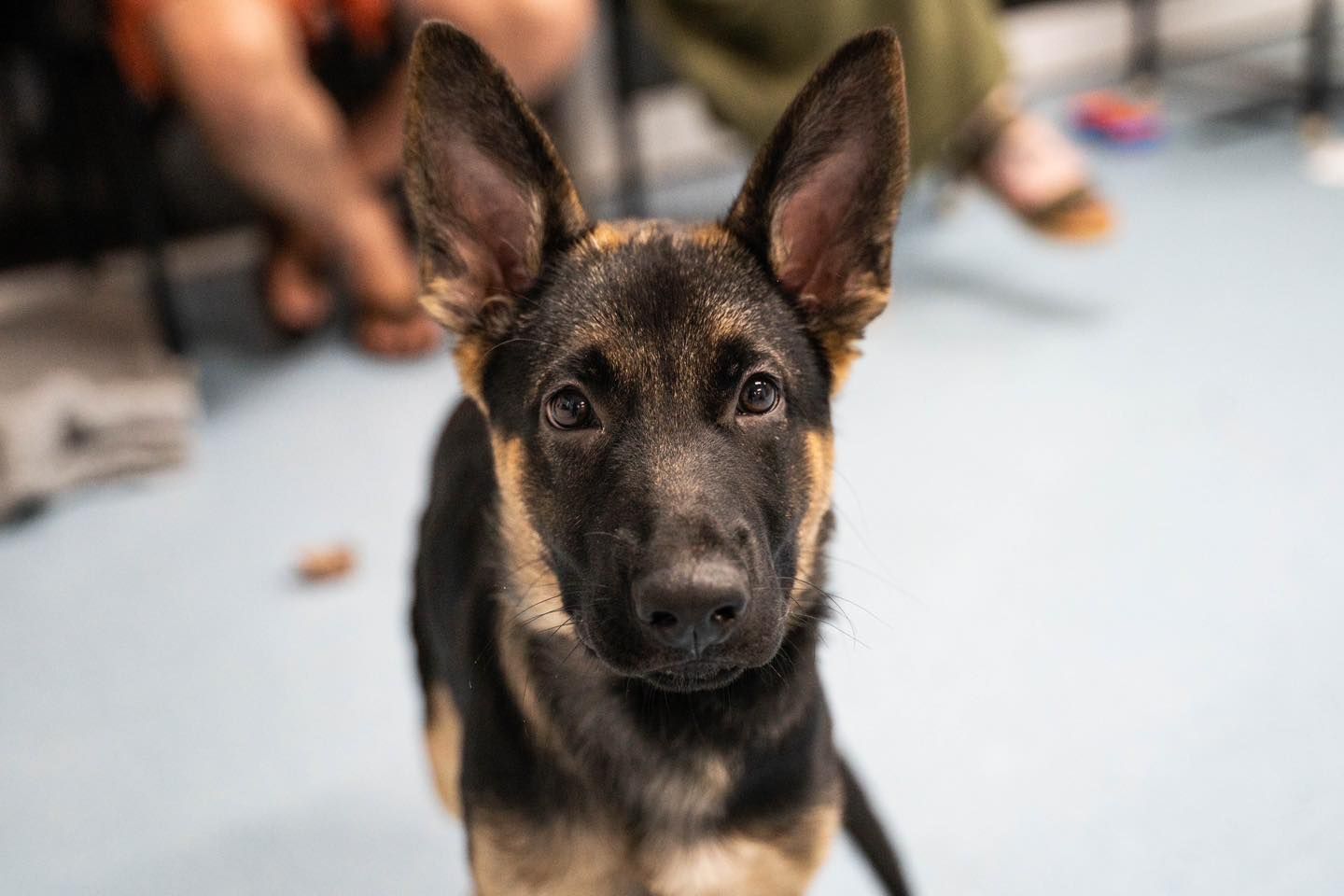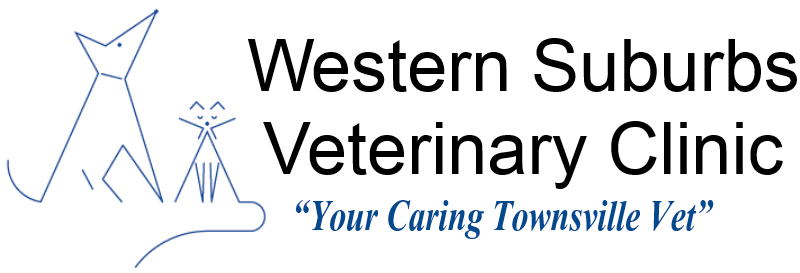How Emergency Vets Manage Allergic Reactions in Pets
Allergic reactions in pets can appear without warning. One moment a pet is comfortable, the next there’s swelling, hives or sudden vomiting. In urgent situations, most owners want to know what will happen at the clinic, how teams assess risk and what care might be offered. This blog post walks through a pathway from the first signs at home to monitoring after treatment, with steps you can take. The goal is simple: help you feel prepared, calm and ready to act if a reaction happens.
Recognising The Signs Of Allergic Reactions In Pets
Recognising early changes helps you decide when to seek urgent care. Some signs may appear mild at first but can progress quickly, so it’s reasonable to act on the side of caution. Allergic reactions in pets often develop soon after contact with a trigger such as an insect bite, certain foods, medications, or environmental allergens. Even if symptoms appear to ease, keeping a close eye on your pet is important, as delayed reactions are also possible.
- Sudden facial swelling around the eyes, lips or muzzle
- Hives or raised, itchy welts on the skin
- Red ears or paws with persistent scratching or head shaking
- Vomiting, diarrhoea or drooling after a new food or treat
- Noisy breathing, coughing, wheezing or reluctance to move
Why Timing Matters In Allergic Emergencies
Allergic reactions can escalate, particularly when the airway or circulation is affected. Rapid assessment helps teams prioritise care and reduce risks linked with delayed treatment.
- Call ahead so the team can prepare for triage and advise on safe transport
- Remove access to the suspected trigger if known
- Avoid home remedies unless previously discussed with a vet
- Keep your pet warm and quiet, limiting stress during travel
- Bring product labels, photos of insects or plants if exposure is suspected
What Happens First During Intake & Triage
When a pet arrives at a veterinary clinic with signs of an allergic reaction, the first stage is triage. This process allows the emergency team to determine how stable the pet is and whether immediate intervention is needed before any detailed examination occurs. The goal at this stage is to identify urgent risks and begin stabilisation quickly if required.
During triage, the after-hours vet team will:
- Airway and breathing check, gum colour, heart rate and temperature
- Quick scan for hives, stings, bites, rashes or swelling patterns
- Brief history of recent foods, treats, medications or outdoor exposure
- Immediate support if shock or breathing changes are noted
- Consent for initial stabilisation while broader diagnostics are planned
Diagnostic Tools Used To Narrow The Trigger
Once a pet is stable, the clinical team may try to narrow likely triggers. The priority is safety on the day, with deeper investigation often scheduled later.
- Physical examination to look for stings, contact sites or ear and skin inflammation
- Blood tests to assess general health, hydration and organ status when indicated
- Skin and coat checks for parasites or hot spots that complicate allergies
- Diet and environment review to flag new foods, treats, cleaners or plants
- Follow-up planning for elimination diets or formal allergy workups if needed
Immediate Treatments Used to Settle the Reaction
Once a pet has been assessed and stabilised, the veterinary team may begin treatments to relieve the allergic response. The exact approach depends on the severity of symptoms, the type of allergen suspected, and how the pet responds at the time of care. In many cases, several treatments are combined to provide immediate relief and ongoing support.
Typical treatments may include:
- Antihistamines to help with hives and itching, where appropriate
- Anti-inflammatory medication to reduce swelling under clinical guidance
- Intravenous or subcutaneous fluids to support hydration and circulation
- Oxygen therapy if breathing is affected or effort increases
- Topical care, cold compresses or wound care if there are localised stings or bites
Monitoring After Stabilisation
Careful monitoring remains an important part of managing allergic reactions, even when a pet looks more comfortable. Some pets may initially respond well to treatment, only to experience delayed or secondary symptoms hours later. Keeping them under observation allows the emergency vet in Townsville to track their progress and step in if anything changes.
During monitoring, the clinic team may:
- Regular checks of breathing, gum colour, heart rate and comfort
- Watching for delayed vomiting, diarrhoea or renewed swelling
- Gradual reintroduction of water and bland food under advice
- Clear take-home plan covering medications and dose timing
- Written guidance on what to watch for overnight and when to return
How After-Hours Support Works During An Allergy Scare
Allergic episodes rarely follow daytime schedules. Knowing what to expect from urgent care pathways can make a stressful night manageable.
- Phone triage to gauge severity and advise on immediate steps
- On-arrival assessment to prioritise patients with airway or collapse risk
- Treatment discussions that outline options, risks and likely monitoring
- Updates during observation to explain changes and next decisions
- Practical guidance for home care, including when to call back
Reducing Future Risk After An Episode
Prevention planning is worthwhile after an allergic event. Some triggers can be avoided with simple changes, while others require a structured approach.
- Parasite control: consistent flea and tick prevention can reduce flare-ups linked with bites
- Diet trials: a time-limited elimination diet may help identify food triggers
- Environment review: consider plants, pollens, detergents, aerosols and lawn treatments
- Bite & sting risk: supervise outdoor time during peak insect activity, use shaded areas, and avoid known nests
- Emergency plan: keep a reaction diary, photos of past signs and a go-bag with medications approved for your pet
Visit Our Townsville Vet Clinic Today
At Western Suburbs Vet Clinic, when your pet shows signs of an allergic reaction—like swelling, hives or breathing difficulties—you can access round‑the‑clock support from a clinic equipped for emergencies. You can call ahead so our 24-hour vet in Townsville can prepare for your pet’s arrival, and upon arrival, there’s a streamlined process for assessment, immediate care and monitoring.
Our Townsville veterinary clinic also offers ongoing services such as diagnostics, surgery, dentistry, vaccinations, microchipping, eye care, and final care—so you can turn to one place for urgent and future pet health needs.
